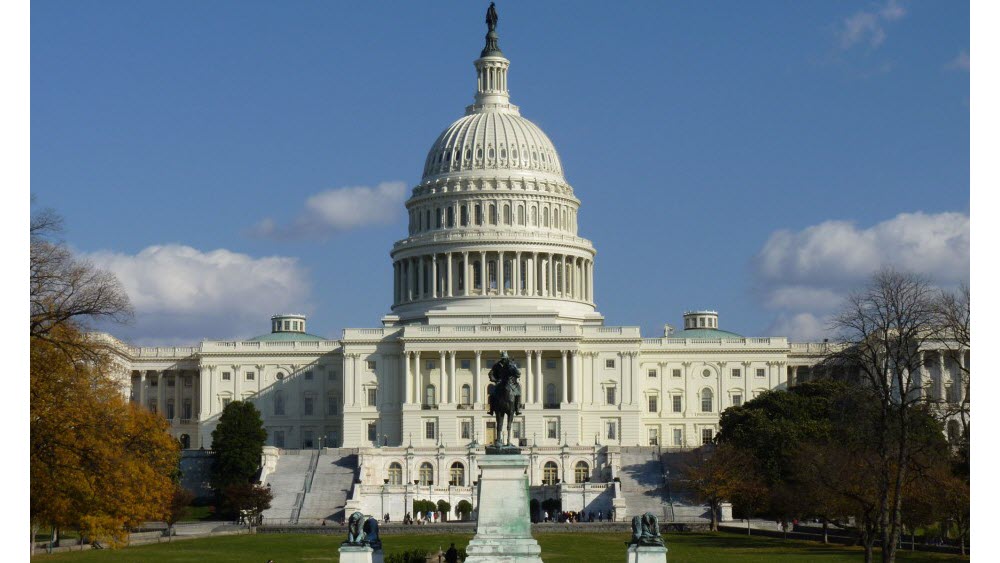House E&C Seeks GAO Study of Spectrum Policy 'Breakdowns'

The bipartisan leadership of the powerful House Energy & Commerce Committee want to get to the bottom of what they call "the recent federal spectrum management process breakdowns."
Reps. Frank Pallone (D-N.J.), chairman of the committee, and ranking member Greg Walden (R-Ore.) wrote to the Government Accountability Office asking it to review the relationship of the National Telecommunications and Information Administration and government spectrum users and NTIA's spectrum management process. NTIA is the FCC's counterpart for government sector spectrum users.
The FCC has been pushing government spectrum users to share some of that wealth with private entities in the push for a 5G rollout, but has received some pushback from various agencies, including NASA and NOAA, which resisted the FCC's 25 GHz auction. saying it could cause interference to remote weather sensing.
FCC chair Ajit Pai countered that that was based on a faulty study and that Commerce has been blocking and undermining the FCC's efforts "at every single turn."
“Last year, it was clear that the federal spectrum management process broke down,” Pallone and Walden told the GAO. “Rather than working through the NTIA as the central repository and manager of federal spectrum, we are concerned that many of the federal agencies with spectrum allocations may have circumvented this statutory process.”
They cited the 24 GHz auction issues among the "breakdowns," mincing no words: “Inefficient management and chaotic processes ensued, which among other things, undermined the U.S. government’s efforts in international spectrum coordination proceedings,” Pallone and Walden said of the breakdowns, which included the 2.5 gigahertz (GHz) docket. “We request that GAO evaluate how the NTIA, the FCC, and federal spectrum users are coordinating to ensure the nation’s airwaves are used to their utmost potential.”
The 2.5 GHz was a flashpoint between the Department of Education and the FCC over the FCC's decision to decommission the 2.5 GHz band from exclusive educational (EBS) licenses so it could also be shared for next-gen wireless.
The smarter way to stay on top of broadcasting and cable industry. Sign up below
Pallone and Walden want GAO recommendations on the following:
1. "How can the NTIA and the FCC improve their process for resolving frequency allocation disputes in shared or adjacent bands and ensure that spectrum is used or shared efficiently?
2. "How can federal spectrum users more productively interact with the NTIA in furtherance of the NTIA’s overall federal spectrum coordination role?
3. Where more than one federal agency uses a particular band of spectrum, how can the coordination and management process, led by NTIA, be updated and improved?
4. "What additional resources does the NTIA need to best coordinate and manage federal spectrum allocated to the various federal agencies?
5. "How can federal agencies be encouraged to coordinate with NTIA prior to filing comments with the FCC or another independent agency in matters related to telecommunications and information policy?
6. "What lessons can be drawn from breakdowns in the most recent coordination process for the World Radiocommunication Process?
7. "What could the key federal agencies, the NTIA, the FCC, and Department of State, do differently to prevent future breakdowns in this process?"
Contributing editor John Eggerton has been an editor and/or writer on media regulation, legislation and policy for over four decades, including covering the FCC, FTC, Congress, the major media trade associations, and the federal courts. In addition to Multichannel News and Broadcasting + Cable, his work has appeared in Radio World, TV Technology, TV Fax, This Week in Consumer Electronics, Variety and the Encyclopedia Britannica.

